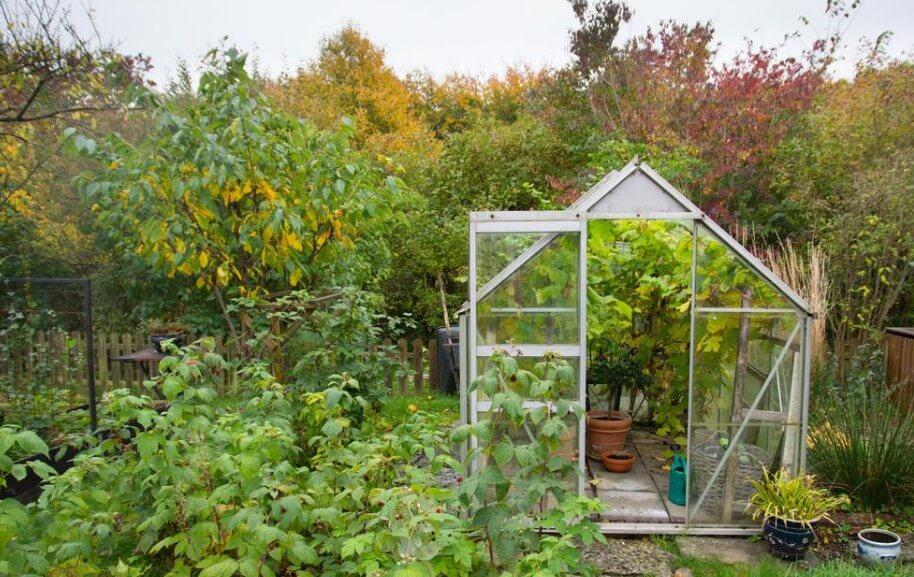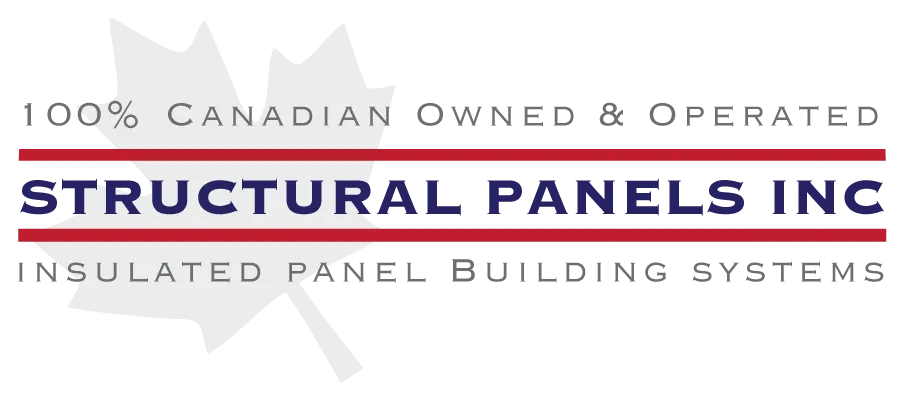While glass panels have traditionally been used for the construction of greenhouses, various types of plastic are emerging as more practical and cost-effective building materials. More specifically, greenhouse plastic panels are becoming one of the most popular options for those looking for an affordable option that is both durable and easy to install.
With the growing popularity of plastic panels and protective film for greenhouse walls, it can be tricky to know which type you should choose. This is why we offer this informative guide, explaining the different types of greenhouse plastic panels. We will also go over each type of plastic panel’s benefits, so you will know which type is best for your specific needs and budget!

The Best Types of Greenhouse Plastic Panels
To make things simple, we will describe each of the three main types of plastic greenhouse panels. Within these descriptions, we will highlight some key benefits that make them suitable for greenhouses.
1. Polycarbonate Greenhouse Panels
Polycarbonate greenhouse panels are currently the most popular type of plastic greenhouse panels because the polycarbonate material offers numerous advantages that make it perfectly suited to greenhouse applications.
For starters, polycarbonate is lightweight but still incredibly strong. Polycarbonate is also very easy to work with. They can be cut down to size relatively easily. It is also a low-maintenance material, meaning it can last many years without warping. For large-scale, industrial greenhouses, the low material and installation cost can be a major attraction.
While untreated polycarbonate panels tend to fade and degrade with prolonged exposure to ultraviolet rays, which makes them a poor choice for a greenhouse, you can overcome this with a UV protection stabilizing coating. When treated for UV radiation resistance, polycarbonate greenhouse panels can last up to 20 years!
While polycarbonate is not the most durable type of plastic, the unique design of polycarbonate greenhouse panels helps improve their strength and ability to provide outstanding thermal insulation.
Most polycarbonate greenhouse panels consist of a corrugated polycarbonate sheet sandwiched between two flat polycarbonate sheets. The layered design helps improve the panels’ durability, flexibility, and thermal insulation.
Another critical advantage of polycarbonate greenhouse panels is that they are almost entirely transparent and can transmit light almost as well as glass panels. As mentioned, they also have outstanding insulating properties, thanks to the air space within the corrugated section of the panels. In this sense, they act just like double-paned glass panels.
In other words, a polycarbonate panel comes the closest to replicating the properties of glass greenhouse panels but is far more affordable and weighs significantly less.
2. Polyvinyl Carbonate (PVC) Greenhouse Panels
PVC is a common type of thermoplastic. It is used extensively in the construction industry but has a wide range of healthcare, commercial greenhouse, and food applications.
While PVC greenhouse panels are less common than other types of plastic greenhouse panels, they are growing in popularity due to their affordable cost and several other appealing attributes.
Beyond their budget-friendly price, one of the critical advantages of using PVC greenhouse panels is that they are highly durable. Most can last significantly longer than five years without needing repairs or maintenance.
PVC panels are also relatively easy to work with, as they can be cut down into shorter panels quite easily. Not only does this help during installation, but it also makes it a practical option for those planning to build smaller scale greenhouses.
PVC greenhouse panels also have a very impressive weight-to-strength ratio, meaning they are very light yet remain pretty durable. Again, the fact that they are not very heavy helps during installation.
PVC panels also have high resilience to UV rays, which means they will not discolor and degrade as quickly as other types of plastic panels. If you value longevity, this is an appealing feature of PVC greenhouse panels.
Another key feature that PVC greenhouse panels offer is that they are extremely resistant to mold and mildew. Since the humid interior of a greenhouse structure can make it the ideal environment for mold growth, having surface materials that inhibit the growth and spread of mold and mildew can be a real advantage.
3. Polyethylene Greenhouse Panels
Polyethylene greenhouse panels are considered the most budget-friendly option, which explains why they are often used for lower budget greenhouse projects. Not only are the panels affordable, but they are also fairly easy to repair, which can save money in the long run.
When choosing polyethylene greenhouse panels, it is important to consider the grade of the panels, as some panels are made from thinner and less durable polymers. For best results, it is always important to choose polyethylene panels designed explicitly for greenhouse and agricultural purposes.
While polyethylene panels are the clear winner regarding affordability, they are far less durable than polycarbonate and PVC greenhouse panels. In many senses, when you choose polyethylene panels, you get what you pay for.
Typically, polyethylene panels will show signs of degradation after as little as two or three years, which means they are not a suitable option for any sort of long-term project. If you are building a small-scale greenhouse structure that you do not mind repairing or replacing after several years, polyethylene is a great budget-friendly option, but it is important to understand its limitations.
Fortunately, polyethylene panels are not very heavy, making them relatively easy to work with. Unlike the more durable types of plastic panels, they might not be the right option in more hostile environments where they will be exposed to heavy rainfall, snow, hail, and even falling branches.

So, What Is the Best Type of Plastic Panels for Greenhouse Structures?
While all three top-selling types of plastic greenhouse panels have unique advantages, most people consider polycarbonate panels to be the superior choice.
Polycarbonate panels come the closest to replicating the qualities of glass greenhouse panels, which are considered the best option. That said, polycarbonate panels are much cheaper than glass panels, but they are still more expensive than other types of plastic panels, so they are not always the best choice for those on a tight budget.
When choosing which plastic greenhouse panels you should use for your upcoming project, the best advice is to simply consider your own unique needs and budget. Choose the option that is the most suitable for your specific greenhouse project.
While Structural Panels Inc. does not offer greenhouse-specific plastic panels, we do offer wall panels that are ideal for various types of agricultural facilities. For more information, please contact us via our Contact Page.
We encourage you to reach out and tell us about your upcoming project!

